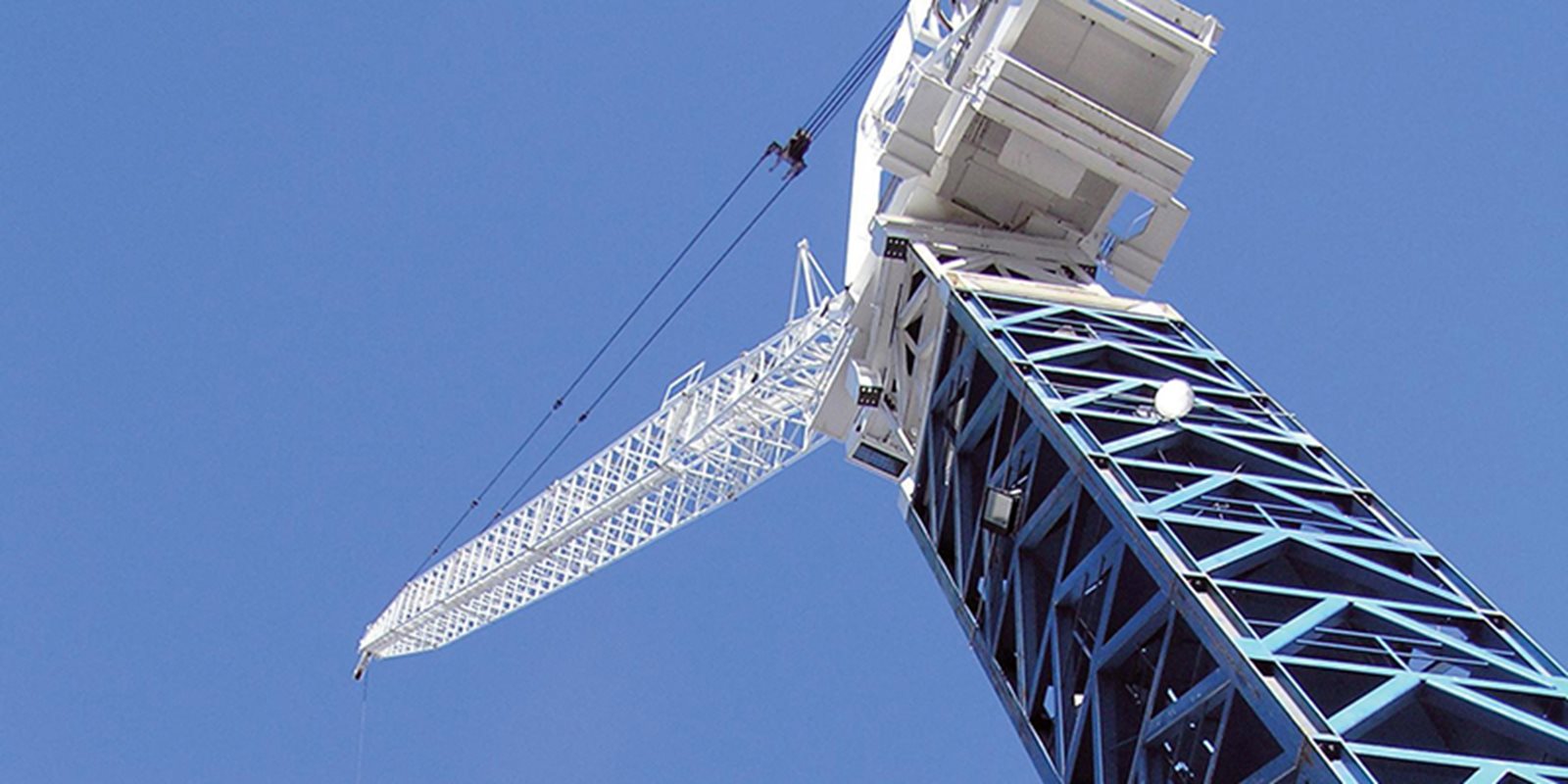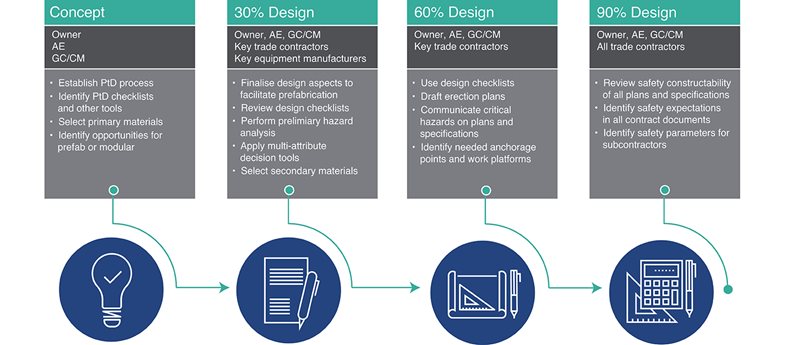Constructability
In relation to structural steelwork, ‘constructability’ refers to how easily, efficiently and safely steel framing can be erected on site, allowing also for interfaces to other construction on site, including foundations and supporting structures, building envelope, in-situ concrete for floors, mechanical and electrical installation and the like.
Effective constructability is a combination of:
member configuration to minimise piece count for assembly on site
location and type of connections, to ease site assembly
consideration of the extent of potential prefabrication and/or modularisation to minimise site assembly
the construction methodology, which may in turn influence or modify the design outcomes.
Given the structural steelwork erector may not always be known at the time of the primary design phase, it is important that designers are cognisant of typical current erection methodologies and factor this into the design approach. Designers should also be open to modifications to the design, particularly as part of a value engineering exercise.
Design for prefabrication and modularisation
Prefabrication is well entrenched as standard practice for the structural steel solution. However, every project is generally bespoke and therefore there is always the potential for the engineer to work with the constructor to rationalise the most effective approach to prefabrication for the particular project and proposed erection methodology. In this regard, early engagement between project stakeholders is desirable.
Modular construction – the use of ‘volumetric modular’ units in particular – is an area of current significant innovation, both for mid-rise construction and multi-level buildings, particularly for accommodation facilities such as apartments, hotels and student accommodation that can take advantage of inherent repetitious topology.
Innovation in construction
Innovation in construction of steel structures occurs regularly, responding in particular to the bespoke nature of projects and competitive pressures. Across the various stakeholders in the supply chain, digital construction has resulted in significant improvements in speed to market and quality, together with minimised rework.

.jpg?variant=HalfWidth)
